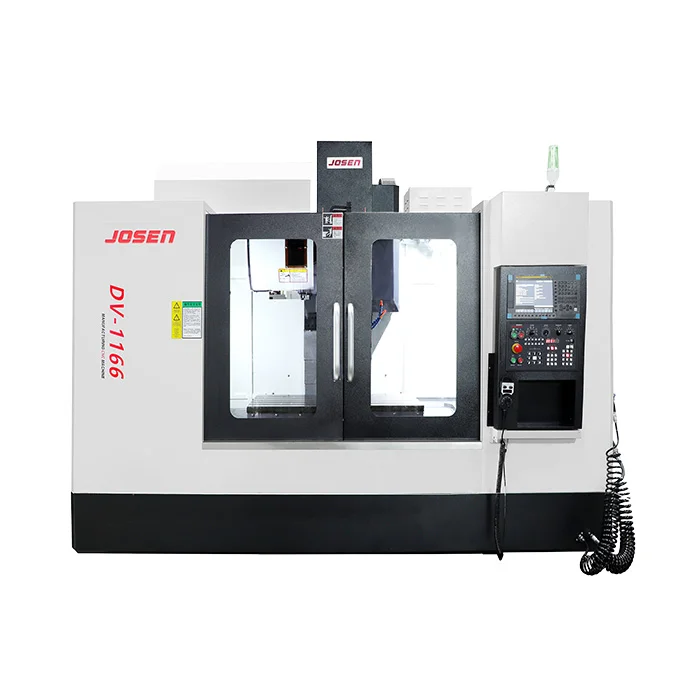When it comes to construction and interior design, the choice of wall materials plays a pivotal role in determining not only the aesthetic appeal of a space but also its functionality, durability, and energy efficiency. With a plethora of options available, understanding the most common wall materials can help homeowners, architects, and builders make informed decisions that align with their project goals. This article delves into the most prevalent wall materials used in contemporary construction, examining their properties, advantages, and applications.
- Drywall: The Ubiquitous Choice
Drywall, also known as gypsum board or plasterboard, is perhaps the most common wall material in residential and commercial buildings. Composed of a gypsum core sandwiched between two sheets of heavy paper, drywall is favored for its ease of installation and cost-effectiveness.
Advantages:
- Speed of Installation: Drywall can be quickly installed and finished, allowing for faster project timelines.
- Fire Resistance: Many drywall products are treated to be fire-resistant, providing an added layer of safety.
- Sound Insulation: Drywall can help reduce noise transmission between rooms, making it a popular choice for multi-family dwellings.
Applications: Drywall is primarily used for interior walls and ceilings, making it ideal for residential homes, offices, and commercial spaces.
- Concrete: The Stalwart of Strength
Concrete is another widely used wall material, particularly in commercial and industrial applications. Its robust nature and versatility make it suitable for a variety of construction needs.
Advantages:
- Durability: Concrete walls can withstand harsh weather conditions and resist pests, making them a long-lasting option.
- Thermal Mass: Concrete has excellent thermal mass properties, helping to regulate indoor temperatures and improve energy efficiency.
- Fire Resistance: Like drywall, concrete is inherently fire-resistant, providing safety in case of emergencies.
Applications: Concrete is often used for foundations, basements, and exterior walls in commercial buildings, as well as in residential homes that prioritize durability and energy efficiency.
- Brick: Timeless Elegance and Strength
Brick has been a staple in construction for centuries, known for its aesthetic appeal and structural integrity. Made from fired clay, brick walls offer a unique combination of beauty and functionality.
Advantages:
- Aesthetic Appeal: Brick provides a classic, timeless look that can enhance the character of any building.
- Low Maintenance: Brick walls require minimal maintenance and can last for decades without significant wear.
- Energy Efficiency: Brick has good insulating properties, helping to keep homes warm in winter and cool in summer.
Applications: Brick is commonly used for exterior walls in residential and commercial buildings, as well as for decorative interior features like accent walls and fireplaces.
- Wood: The Natural Choice
Wood is a versatile wall material that brings warmth and character to any space. From traditional timber framing to modern engineered wood products, wood offers a range of options for builders and designers.
Advantages:
- Sustainability: When sourced responsibly, wood is a renewable resource that can contribute to environmentally friendly building practices.
- Insulation: Wood has natural insulating properties, helping to maintain comfortable indoor temperatures.
- Aesthetic Versatility: Wood can be finished in various ways, allowing for a wide range of design styles.
Applications: Wood is often used in residential construction for framing, paneling, and decorative features, as well as in commercial spaces that aim for a warm, inviting atmosphere.
- Steel: The Modern Marvel
Steel is increasingly becoming a popular choice for wall construction, particularly in commercial and industrial applications. Its strength and flexibility make it an ideal material for modern architectural designs.
Advantages:
- Strength-to-Weight Ratio: Steel offers exceptional strength while remaining lightweight, allowing for innovative design possibilities.
- Fire Resistance: Steel is non-combustible, providing safety in fire-prone areas.
- Recyclability: Steel is one of the most recycled materials globally, making it an environmentally friendly choice.
Applications: Steel is commonly used in commercial buildings, warehouses, and high-rise structures, where strength and durability are paramount.
Conclusion: Making Informed Choices
Choosing the right wall material is crucial for achieving the desired balance of aesthetics, functionality, and sustainability in any construction project. While drywall remains the most common wall material for interior spaces, options like concrete, brick, wood, and steel offer unique advantages that can cater to specific needs and preferences. By understanding the properties and applications of these materials, builders and homeowners can make informed decisions that enhance the overall quality and longevity of their structures.

